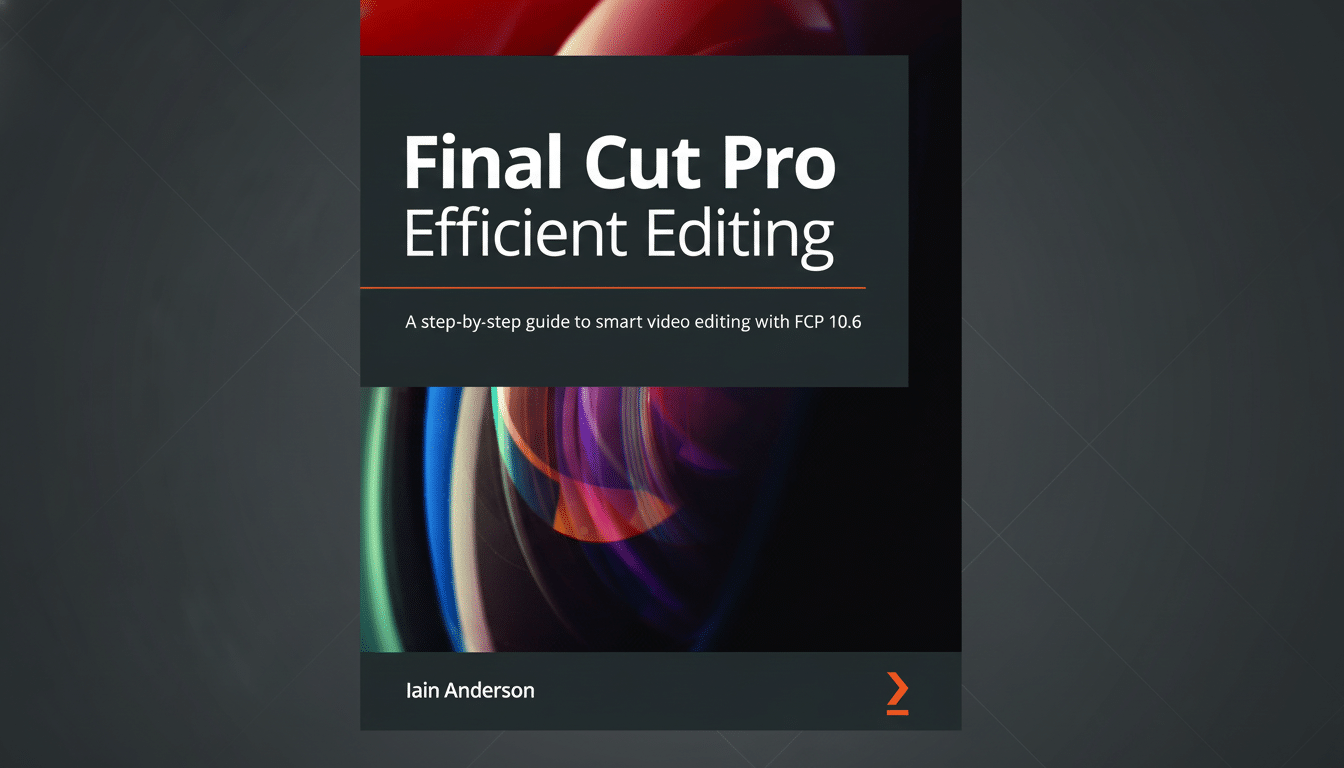Apple’s latest iPad Pro takes the M4, replaces it with the M5, adds an in-house radio stack, changes nothing about the ultra-thin chassis, and introduces the tandem OLED display.
The headline question is, does the new chip get more done in your day-to-day work, or is it somehow a quieter year on the upgrade side?
- Performance and AI workloads in real-world use
- Memory and storage bandwidth upgrades on M5
- Wireless and connectivity upgrades with in-house radios
- Display and design continuity with tandem OLED panels
- Battery life expectations and faster charging behavior
- Price and configurations remain familiar across sizes
- Cameras and media features see minor refinements
- Should you upgrade from an M4 iPad Pro to the M5?

Performance and AI workloads in real-world use
The M5 takes the M4’s 10-core architecture and refines it across the CPU, GPU, and Neural Engine. Apple’s platform briefs in particular talk up large increases across tasks that blend compute and neural acceleration rather than uninhibited single-core outbursts.
The claim is around 3.5x faster on-device AI for diffusion imaging and up to 3.7x for AI video upscaling, with the GPU offering approximately 1.5x accelerated ray-traced 3D and up to 6x faster video conversion within supported apps.
That means less waiting when generating images in Stable Diffusion–style tools, background upscaling in photo editors, and smoother real-time effects in video timelines. Massively popular pro apps that already actively expand Metal and the Neural Engine — like Final Cut Pro for iPad, Affinity Photo, LumaFusion, and DaVinci Resolve — probably see the most around their brush cost, at least with artifacts this general to use. Browsing, email, and note‑taking don’t feel any different; the improvements will reveal themselves when hitting systems harder over time.
Memory and storage bandwidth upgrades on M5
The base memory options increase: The 256 GB and 512 GB M5 models come with 12 GB of RAM, up from 8 GB on like‑sized M4s, while the 1 TB and 2 TB tiers remain at 16 GB.
M5 also features improved memory bandwidth, increasing from 120 Gbps in M4 to 153 Gbps. Apple’s also promising much faster internal storage with read/write speeds up to 2x faster. These changes add up for multi‑layer timelines, large RAW catalogues, CAD assemblies, and being able to run bigger on‑device models without swapping.
If your M4 sometimes stutters while multitasking with several pro apps, the additional headroom that M5 provides may help keep things flowing smoothly, in workflows that are a mix of compute and AI acceleration.
Wireless and connectivity upgrades with in-house radios
The latest iPad Pro adds to Apple’s series of N1 connectivity chips and C1X cellular modems for the tablet line. That combines Wi‑Fi, Bluetooth, and Thread on a single package, and sees the cellular stack pulled in‑house from third‑party suppliers. On paper, you’ve got Wi‑Fi 7 (IEEE 802.11be), Bluetooth 6.0, and sub‑6/C‑band 5G, with Apple stressing better efficiency and less latency. mmWave isn’t in the spec, but Apple notes C‑band is a bit faster at peak performance and pulls down more efficiently.
Real‑world upside can depend on your surroundings. In crowded airspace, the M5 model should hold connections more reliably and transfer big files faster — useful for newsroom transfers or cloud project bins. For mobile makers, the radio efficiency gains can translate to more time on the go. These are real, infrastructure‑dependent upgrades, not mere cosmetic spec bumps.

Display and design continuity with tandem OLED panels
Design and display remain identical — this is not a criticism. You still get the Ultra Retina XDR tandem OLED panel: 120 Hz adaptive refresh, P3 color, True Tone, 1,000 nits SDR and 1,600 nits HDR peak, plus 240 ppi on both sizes. The ultra‑portable models with 11‑inch and 13‑inch Retina displays continue to be incredibly thin and light, offering quad speakers and Thunderbolt‑capable USB‑C. And they still work with Magic Keyboard and Apple Pencil.
For glare control, the optional nano‑texture glass is back on the 1 TB and 2 TB levels for a price, to creatives in studio lighting who swear by it.
Battery life expectations and faster charging behavior
Apple’s runtime advice remains consistent: Wi‑Fi use of around 10 hours. What changes is charging tempo. With a high‑wattage USB‑C adapter, Apple claims the M5 platform brings with it a 50% refill in around 35 minutes. That difference is real for those who shoot in the field and travelers alike: less time tied to a wall between trips behind the lens.
Price and configurations remain familiar across sizes
Pricing follows what you had before, and configurations match M4 across 11‑inch and 13‑inch sizes with 256 GB to 2 TB of storage at your disposal. The 5G addition still commands a premium, the option with nano‑texture is still only at top capacities, and so on. And keeping prices constant while increasing memory on the lower tiers and adding Wi‑Fi 7 is a consumer‑friendly move.
Cameras and media features see minor refinements
Camera hardware is virtually identical: a single 12 MP rear camera with Smart HDR processing and a 12 MP front cam that sits along the side (in landscape) for video chats. The updated image signal pipeline in the M5 may allow for more consistent exposure and color in difficult lighting, but don’t look for anything transformative. For uses where production is serious, the big news remains compute and I/O speed (and not optics).
Should you upgrade from an M4 iPad Pro to the M5?
If you’re on an M4 system, and your work primarily involves light tasks like reading, marking up PDFs, note‑taking, or the occasional photo edit, there is no rush. The M4 remains overqualified. But if you’re all in on AI tooling, exporting dense timelines, pushing 3D with ray tracing, or trusting the absolute fastest networking possible to pump signals in and out of your device, the M5 pays off today through higher memory ceilings, wider bandwidth, and a meaningfully better radio stack.
For professionals, the M5 iPad Pro represents more than just a cosmetic refresh. It’s a performance and pipeline refresh that reduces waiting time, lowers power draw under load, and future‑proofs connectivity. Everyone else can confidently hold onto the M4 — and check the math again when their workflows catch up.
Sources: Apple product spec sheets and platform briefings for M‑series chips and connectivity; IEEE documentation on Wi‑Fi 7; 3GPP standards for 5G sub‑6 and C‑band.

